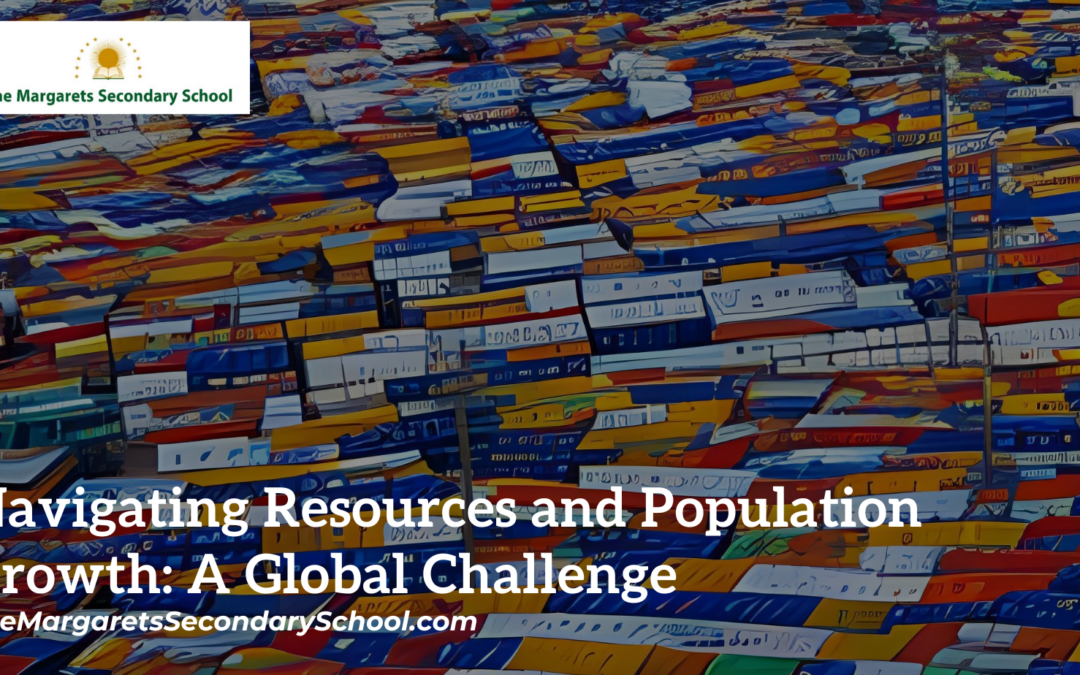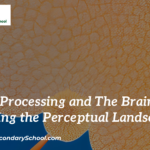Resources and Population Growth
In the grand theater of human civilization, the stage is set for a pivotal performance—one that revolves around the complex interplay between resources and population growth. As the global population continues to swell, it brings to the forefront pressing questions about sustainability, equitable distribution, and the consequences of our actions on the planet’s finite resources.
The Population Puzzle: Numbers and Trends
With the world’s population surpassing 7 billion and projected to reach nearly 10 billion by 2050, the dynamics of population growth are undeniable. This growth is not uniform; while some regions are experiencing declines or stabilization, others are undergoing rapid expansion. The sheer scale of this increase poses challenges in ensuring that everyone has access to basic necessities, from food and water to education and healthcare.
The Resource Equation: Strain and Scarcity
Resources, whether they be natural, human-made, or intellectual, are the building blocks of society. They encompass everything from freshwater, arable land, and fossil fuels to technological innovation and knowledge. However, the Earth’s resources are not infinite, and some are being depleted at alarming rates. The rise in consumption driven by population growth amplifies the strain on these resources, potentially leading to scarcity and conflicts.
Food Security: Feeding the Masses
Among the most critical resources affected by population growth is food. As the global population increases, the demand for food surges. Ensuring food security for everyone requires not only increasing production but also addressing issues such as distribution, waste, and sustainability. Innovations in agricultural practices, such as precision farming and vertical gardening, aim to maximize output while minimizing the environmental footprint.
Water: The Elixir of Life Under Pressure
Water scarcity is another pressing issue exacerbated by population growth. Freshwater resources are unevenly distributed across the globe, and regions with high population densities often face shortages. Managing water resources sustainably involves not only efficient usage but also safeguarding ecosystems that provide clean water. Climate change further complicates the equation, with altered precipitation patterns impacting water availability.
Energy Demands: Balancing Power Needs
Energy consumption goes hand in hand with population growth and urbanization. Fossil fuels have long been the primary source of energy, but their use contributes to environmental problems such as air pollution and climate change. Transitioning to renewable energy sources like solar, wind, and hydroelectric power is crucial to meet the growing energy demands while mitigating environmental impact.
Innovations and Solutions: Paving the Way Forward
Addressing the challenges posed by the intersection of resources and population growth demands innovation, collaboration, and a global perspective. Strategies include:
- Sustainable Development: Prioritizing sustainable development that meets the needs of the present without compromising the ability of future generations to meet their own needs. This involves integrating economic, social, and environmental considerations.
- Technological Advancements: Harnessing technological innovation to enhance resource efficiency, whether through cleaner production processes, recycling techniques, or energy-saving devices.
- Population Education: Promoting education and awareness about family planning and reproductive health to help stabilize and manage population growth.
- Resource Management: Implementing effective resource management strategies, such as water conservation measures, land-use planning, and responsible mining practices.
- Global Cooperation: Fostering international collaboration to address resource-related challenges, particularly for shared resources like oceans and atmosphere.
Conclusion: A Collective Responsibility
The relationship between resources and population growth is multifaceted and demands a comprehensive response. The challenges are daunting, but they also present opportunities for creativity, innovation, and cooperation. As we strive to find sustainable pathways forward, it’s crucial to recognize that the decisions we make today will shape the world we leave for future generations. By embracing responsible resource management and mindful population growth, we can build a future where prosperity is shared, the environment is safeguarded, and every individual’s basic needs are met.





